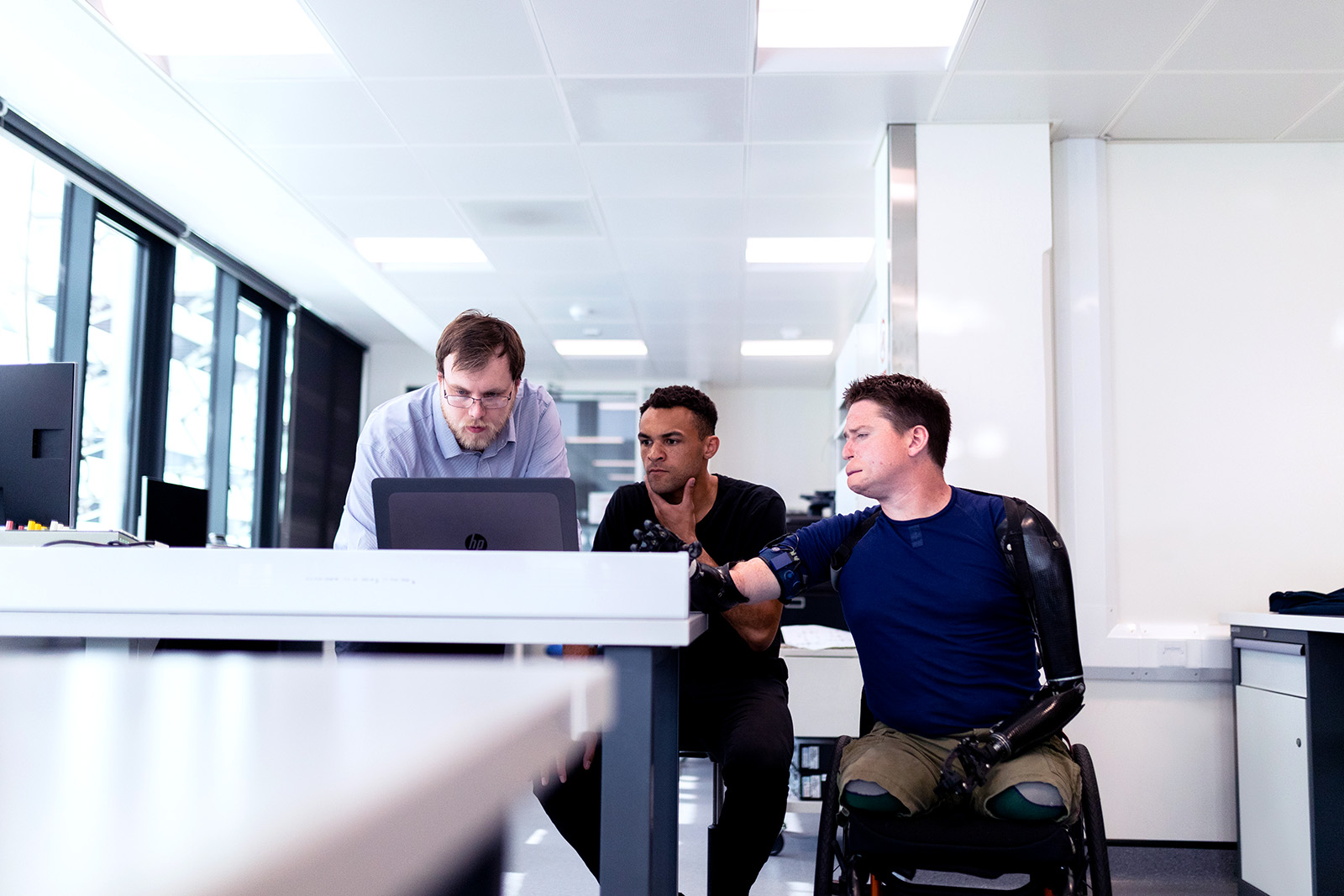Three Ways Companies Can Support Disability Inclusion and Boost Innovation

Businesses need to embed accessibility and the insights of people with disabilities in their products and services from design to development and launch.
Photo: Pexels
Ten years ago, the U.S. American web developer Joe Devon published a blog post about the need to mainstream digital accessibility and proposed an annual Global Accessibility Awareness Day to campaign for digital access and inclusion.
More than 1.3 billion people live with some form of disability, representing at least 17% of the global population and forming the largest minority group worldwide. Eighty percent of disabilities are acquired later in life, so with an aging global population, disability is on the rise.
People with disabilities are critical for businesses and the economy, both as workers to ease the talent shortage and as consumers controlling more than $13 trillion in annual disposable income. In addition, the insights and designs of people with disabilities have shaped technological advancements for decades. From the first typewriter invented to help a blind woman write, to the precursor of email for a deaf couple to communicate, to audiobooks initially created for the blind, to the remote control for people with limited mobility, people with disabilities have fueled innovation through principles of universal design.
Yet, disability is often overlooked on the inclusion agenda. Although 90% of companies claim to prioritize diversity, only 4% consider disability in those initiatives. At the World Economic Forum’s Jobs Reset Summit in 2020, June Sarpong, the director of creative diversity for the BBC, called out the “soft bigotry of low expectations” against people with disabilities as society expects so little of the disabled community and as a result infantilizes them.
People with disabilities face barriers to access the jobs market, the consumer market and the digital world. A recent analysis of the world’s top one million websites found that 97% had an accessibility issue. Beyond the moral and economic imperative for accessibility, this is increasingly a legal imperative: In the U.S., more than 3,500 lawsuits over web, app and video accessibility were filed in 2020.
Doubling down on disability inclusion in business could be one of the greatest opportunities for growth in this new decade of disruption. Here are three ways business leaders can strategically embed disability inclusion in their organizations to future-proof their business and expand opportunity for all abilities.
The current global employment rate for economically active working-age adults with a disability is just half that of people without disabilities.
From Niche to Normal — Mainstreaming Universal Design
Businesses need to embed accessibility and the insights of people with disabilities in their products and services from design to development and launch. Pushing for more inclusive and universal design that ultimately benefits everyone, several companies are now championing new accessibility features:
- Microsoft Teams makes lip-reading easier by blurring backgrounds to remove distractions on video calls.
- Spotify changed the color, text formatting and size of its famous green buttons to make the user-interface more accessible.
- TikTok introduced automated closed captions, a feature that adds subtitles without requiring users to enter the text themselves.
- Procter & Gamble created audio-described advertisement spots and the majority of Netflix media has audio-descriptive narration.
- Apple launched new accessibility features, which include new background sounds function in support of neurodiversity to minimize external noise distractions and a new SignTime service that offers on-demand sign language interpreters for Apple Store and Apple Support customers.
Creating Equitable Pathways to Opportunities At Work
The current global employment rate for economically active working-age adults with a disability is just half that of people without disabilities. Companies need to remove barriers from their recruitment, hiring and career progression processes that are inaccessible, discourage applicants with disabilities or limit their possibilities to demonstrate their skills. This can include ensuring the accessibility and language of the job posting and providing alternatives to common assessment practices like in-person interviews, which can be a disadvantage to candidates with disabilities.
Entering the job market can be particularly challenging for people with autism. Thirty-five percent of autistic adults have attended and graduated from college, but the unemployment rate for autistic graduates is 85%. Companies including EY, SAP and Microsoft have created specific hiring programs focused on neurodiverse candidates.
Changes to standard hiring processes include allowing candidates to apply via a special email and skip the initial phone screening; giving candidates the chance to do a practice interview and get feedback from recruiters before doing the official one; setting a series of exercises designed to test teamwork and technical skills, instead of interviews; and allowing candidates to code using their own laptops instead of doing it on a whiteboard in front of recruiters.
Building Inclusive and Safe Work Environments That Empower All
Only 21% of employees with disabilities disclose their disability at work (many disabilities are invisible and some people with disabilities have successfully concealed their disabilities like deafness by relying on lip reading). Furthermore, nearly half of employees with disabilities who have ideas that would drive value for their companies fail to win endorsement for those ideas.
Work environments need to provide “psychological safety” that allow people to truly be themselves and not conform or censor themselves. Employees should feel comfortable expressing their opinions and ideas without fear of judgement, should be able to take risks and should be appreciated for their unique contributions.
This piece was originally published in the World Economic Forum.





